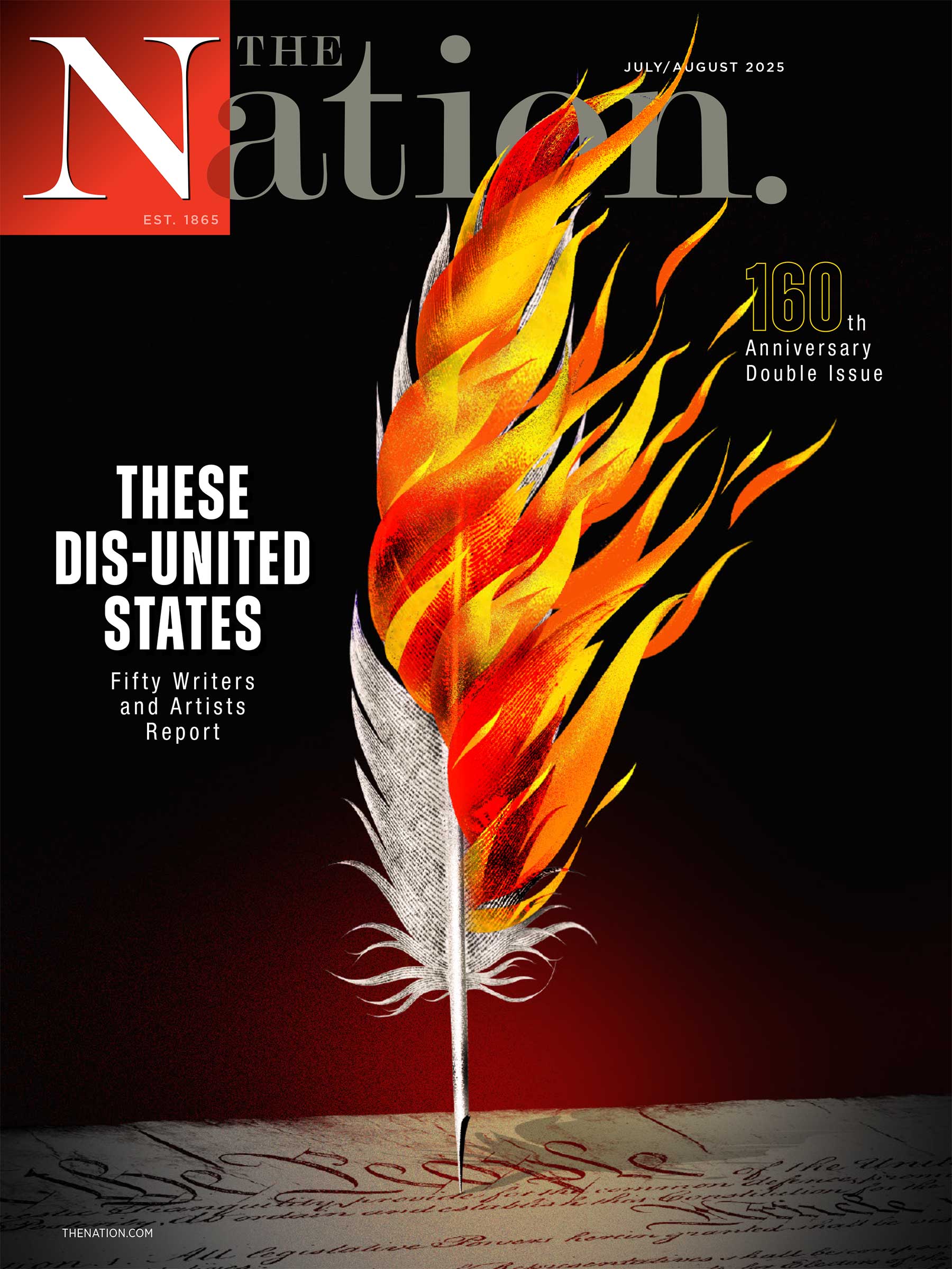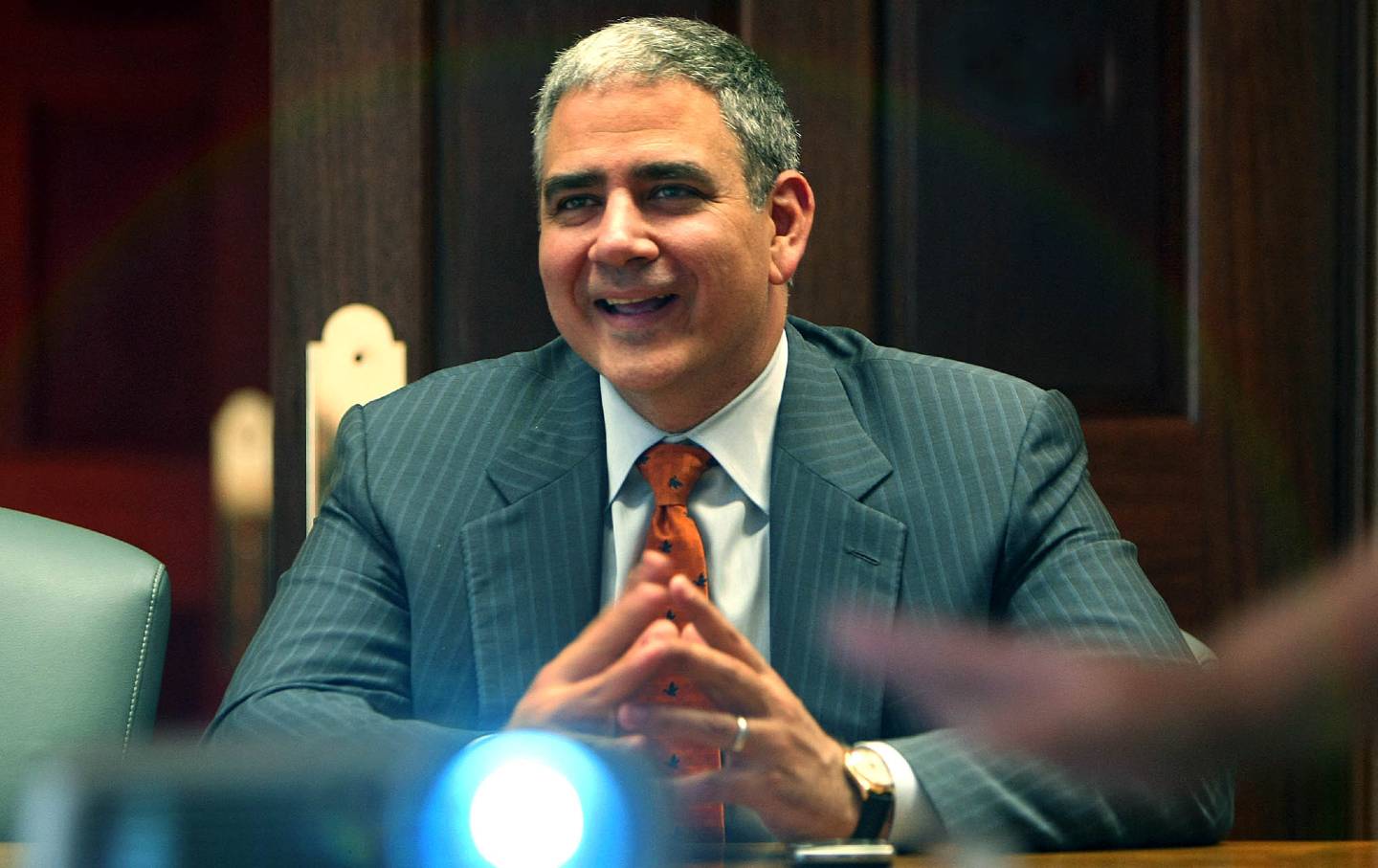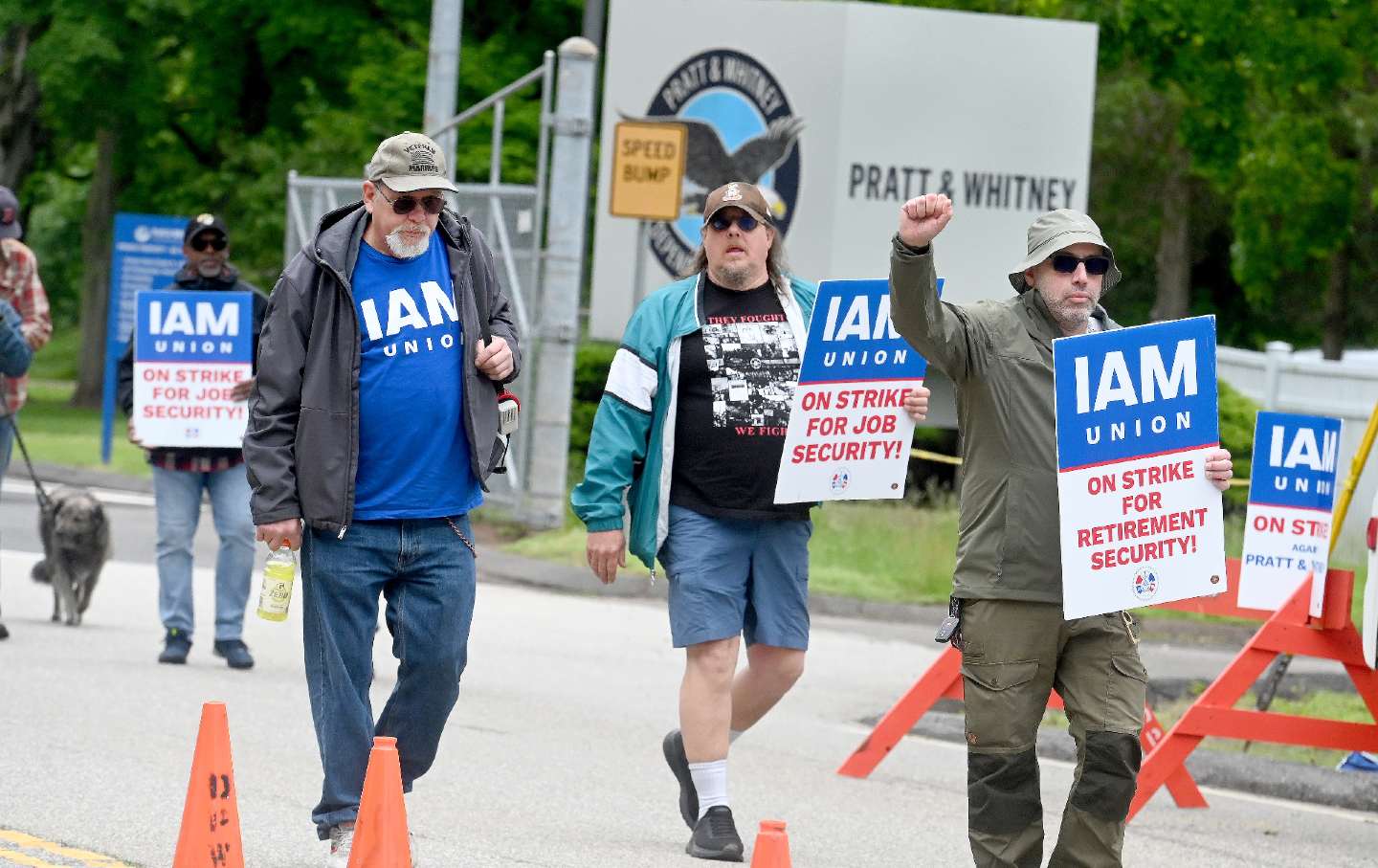July 15, 2025
A mass shooting in New Orleans eerily foretold the return of white supremacy to the White House.
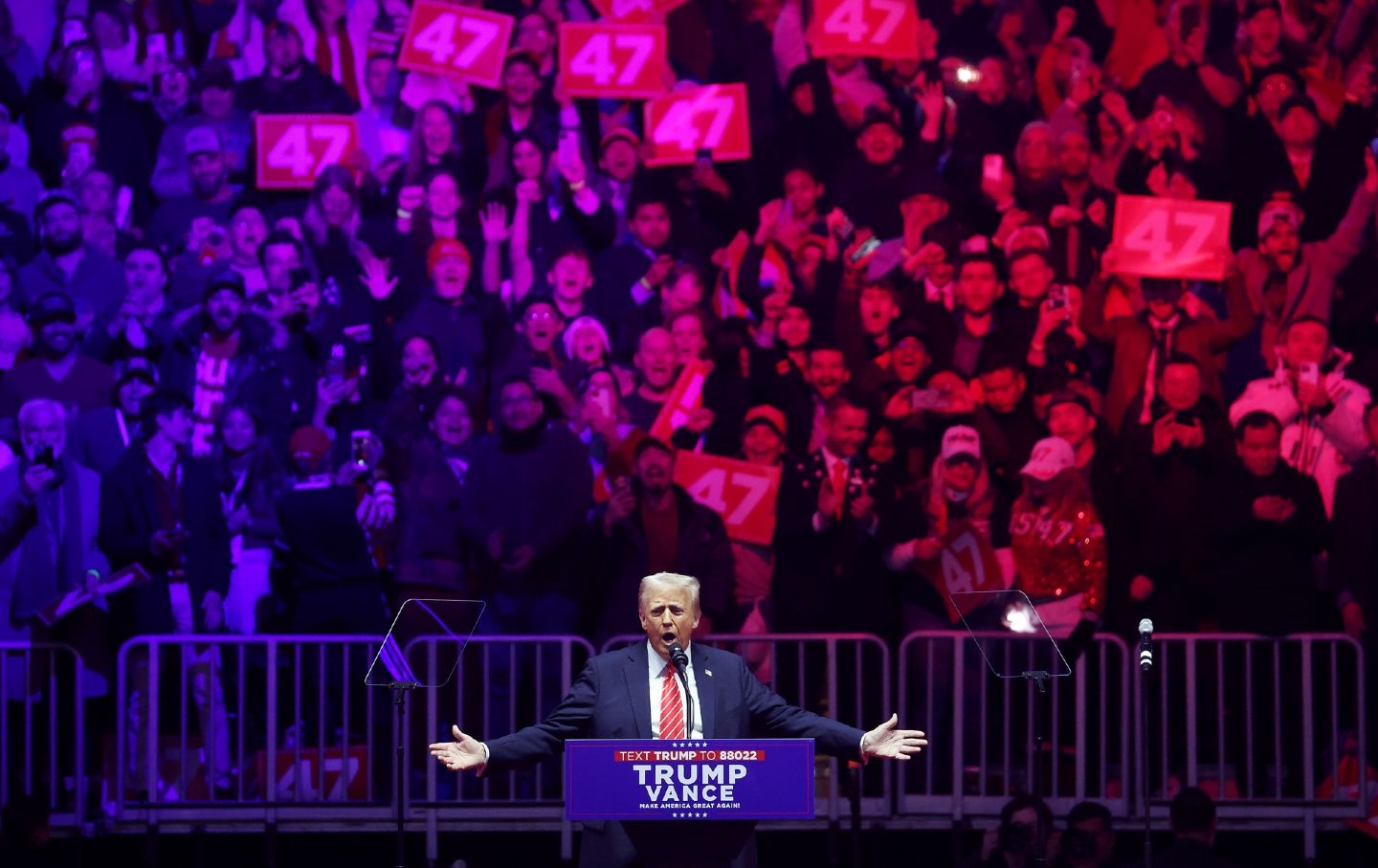
Deborah “Big Red” Cotton and I met by getting shot together. Deb and I were two of the 20 victims of the biggest mass shooting in New Orleans’s modern history when gunmen sprayed bullets into a second line parade on Mother’s Day, May 12, 2013. CNN, Al Jazeera, and other networks broadcast live from a blood-spattered intersection near the French Quarter amid fears that the shooting was a copy-cat of the Boston Marathon terrorist attack a month earlier.
Deb made headlines of her own a few days later when, on the verge of death, she publicly forgave two young Black men accused of the shooting. Age 48, Deborah Cotton was an African American writer and social justice activist who had relocated to New Orleans in 2005, three months before Hurricane Katrina left 80 percent of the city underwater. Much of her writing and activism over the subsequent eight years had sought to reform the notoriously corrupt, violent, racist New Orleans Police Department, a mission eventually embraced by the US Department of Justice under president Barack Obama, which placed the NOPD under a federal consent decree 10 months before the Mother’s Day shooting.
Somehow, a medical miracle pulled Deb back from the abyss of death, at least for a while. When she and I met in person some months later, we bonded over the fact that we were both writers and had both been shot, though she far more grievously than I. Of course, we also talked a lot about what happened the day that fate brought us together. Were the police right that two young Black men fired the shots that sent so many people to the hospital, including two 10-year-old children? Why had those men, or whoever did do the shooting, fired into a peaceful crowd made up almost entirely of Black people? (I was one of the few white people there.) And wasn’t it eerie that the shooting took place at a second line parade, a source and symbol of African American resistance to white supremacy in a city that had the largest slave market in the United States?
During a particularly animated conversation one night over dinner, Deb declared that I was “called” to write my next book about what the Mother’s Day shooting revealed about the tangled, contested story of race in America. Deb felt strongly that Black and white Americans alike remained trapped in the patterns of our shared past, patterns that would keep repeating themselves unless squarely faced and disrupted. Electing the country’s first Black president in 2008 had been a glorious step forward—“I love, love, love Obama,” Deb once told me—but there was far to go before the US fully lived up to its founding ideals of equality and justice for all.
It was opinions like these that put Deb’s writing and activism in the same political tradition as The Nation, where I’ve long been a contributing writer. The Nation, one of America’s oldest continually publishing magazines, was established in 1865 by a handful of abolitionists who, unlike some of their comrades in the movement, believed that victory in the Civil War and the formal end of slavery did not mean that the struggle for justice was over—far from it. Edwin Lawrence Godkin and Wendell Phillips Garrison, the magazine’s founding editors, argued that much more work was required to secure true equality, and that a magazine of ideas and conviction could make a vital contribution to that goal. Godkin and Garrison recognized that the habits of mind and the relations of production that took root across the South during more than a century of slavery would not be easily reformed, as dispatches from former Confederate states published in the magazine’s “The South as It Is” series made vividly clear.
Today, amid the horrors and chaos of Donald Trump’s return to the White House, I wonder if even the far-sighted Godkin and Garrison would have imagined that the US would still be repeating the patterns of its past 160 years later.
Deb lived long enough to watch Trump run for president the first time, in 2015—to watch as Trump built a political base by baselessly accusing the country’s first Black president of not having been born in the United States and thus being in office illegally. Deb had done lots of therapy in her life, trying to come to terms with the trauma of being kidnapped away from her mother as a toddler—by her own father, no less—so she was familiar with the axiom, “We repeat what we don’t repair.” Majoring in Black Studies at San Francisco State University taught her that the same principle could hold true for traumatized nations. The 2016 presidential election validated that belief: only a nation that had not repaired its racist past, Deb thought, could repeat it by electing a candidate as blatantly racist as Trump.
Deb helped me understand that Trump’s 2016 victory fit an enduring pattern in US history. As I explained in the book she urged me to write, Big Red’s Mercy, “Whenever Black people made real or even perceived gains toward freedom and equality—after the Civil War ended formal slavery, after Black people fleeing Southern terror moved to Northern cities during World War I, after the Supreme Court outlawed segregated public schools in 1954—an angry, often violent, backlash erupted among a large number of White people, White people who liked things the way they had always been, who thought Black people getting ahead meant White people were falling behind, who feared that the country they knew was vanishing in favor of a new order.”
Trump is the personification of that white backlash. His rise to power exemplifies a baleful consequence of America’s failure to fully grapple with its past: with ebbs and flows, the beliefs and policies that animated slavery remained socially acceptable throughout the 160 years following the Civil War. Like the Confederates whose states rebelled to preserve slavery; like those Confederates’ descendants who enforced racial segregation with beatings, lynchings, and other forms of terror for most of the 20th century; like their still later descendants who resisted civil rights advances in the 1960s, Trump and his MAGA followers represent a persistent strain in US history that has never accepted the outcome of the Civil War and the racial equality it mandated. Indeed, they have openly alluded to fighting a second civil war to “make American great again.” During the January 6 insurrection, some members of Trump’s mob wore sweatshirts printed with the words MAGA Civil War, 1/6/21 and proudly waved the Confederate flag inside the Capitol.
Trump’s return to the White House in 2024 amounts to the Confederacy’s revenge. Had my friend Deb lived long enough to witness the 2024 election, I doubt she would have been surprised that the US electorate, when faced with a choice between a smart, compassionate, super-accomplished Black woman—Vice President Kamala Harris—and a racist white con man and felon who had violently tried to overturn the last election, nevertheless chose the white man.
To Deb, the perversity of two young Black men shooting up a second line parade was yet another example of how the US cannot escape its past until it truly addresses the underlying problem.
The fact that the Mother’s Day shooting targeted a second line parade was painfully symbolic. Second lines are a sacred ritual in New Orleans that evolved from the burial rites enslaved Africans brought with them to Louisiana starting in 1722 and that later helped give birth to jazz. For centuries, the cultural identity and pride fostered at second lines have helped Black people in New Orleans endure and resist the cruelties of slavery and later forms of oppression. If that history made it a blasphemy for anyone to attack a second line, then the blasphemy rose to Greek proportions if the attackers were two Black men.
Gunshots were fired at 1:47 pm. Within minutes, a squad of ambulances, sirens blaring, pulled up to the crime scene. A cacophony of voices was shouting in panic, pain, and fear. Emergency medical technicians told the police to expect at least three or four fatalities. I suffered only a flesh wound in the leg, but Deb was not so lucky. Surgeons warned her loved ones that she might well not live through the night. A bullet had pierced her hip before tearing diagonally across her abdomen, an area the surgeons had long nicknamed “the soul hole” because such wounds were usually fatal.
Deb survived long enough, however, to issue a statement that rocked people across New Orleans and beyond. A video had surfaced the day after the shooting that showed a Black man firing at point-blank range into a crowd comprised almost entirely of Black people. Two suspects—brothers Akein and Shawn Scott, ages 19 and 23—had each been charged with 20 counts of attempted murder.
Deb’s statement, dictated to a friend during moments of lucidity between one surgery after another, urged mercy and understanding toward the alleged gunmen. Alluding to the bleak conditions facing young Black men in New Orleans—parents absent or impoverished, abysmal schools, rampant gang and police violence, few decent job possibilities beyond drug dealing—Deb asked, “Do you know what it takes to be so disconnected in your heart that you walk out into a gathering of hundreds of people who look just like you and begin firing?” She added, “These young men have been separated from us by so much trauma.”
When Deb and I spoke a few months later, I asked how she summoned the saint-like ability to forgive the gunmen who shot her and so many others. Her answer foreshadowed the Black Lives Matter movement, which would spring to life a few months after the Mother’s Day shooting.
As a racial justice activist, Deb of course agreed that Black lives mattered in the face of police or vigilante violence. But Black lives also mattered, she felt, if a Black person did something indefensible, such as shooting into a second line parade. And Black lives mattered even then, she told me, because “racism can kill Black people even when a Black finger pulls the trigger.” The gunman seen on video firing into that second line parade “clearly made horrible choices that have ruined his life,” she continued. “But he didn’t do that in a vacuum. This city and this country created that vacuum.”
When I replied that some friends of Deb’s, Black and white alike, had told me the realities of racism were no excuse for violence, much less for attacking something as sacred as a second line parade, she bristled. “I get it that they have to be punished,” she said of the alleged gunmen, her eyes flashing anger. “What I’m trying to emphasize is that they’re not animals.”
“What do you mean, not animals?” I asked quietly.
“Black people have been thought of like animals since slavery,” she replied, speaking slowly and precisely, as if instructing a dim pupil. For white people to accept and profit from slavery “and still consider themselves moral, God-fearing Christians,” she added, they “had to tell themselves that Black people weren’t really people—they were animals who didn’t have the same mental capacities and emotional qualities white people did.” The accused gunmen “are human beings,” she said, “and they should be treated like human beings, even though they did something reprehensible.”
Deb was by no means unique in thinking that the blood of slavery still pulses through the American body politic. Bryan Stevenson, a civil rights lawyer who established the National Memorial for Peace and Justice to remember and honor America’s thousands of lynching victims, said in 2017 that Trump would never have been elected president in the first place if Americans had “done the work we should have done…to combat our history of racial inequality.” After the neo-Nazi march in Charlottesville that August led Trump to refer to neo-Nazis as “very fine people,” Stevenson said that only after Americans acknowledge the full truth about their past could they hope to consign such outbursts of racial hatred to history. But, he added, “culturally, we have done a terrible job of truth telling in this country about our history of racial inequality.”
Popular
“swipe left below to view more authors”Swipe →
For Deb, such truth-telling meant that white Americans in particular have to have “hard conversations” about slavery and what it has done and continues to do to these not-so-United States. “Black people have been talking about it for 400 years, honey,” she told me. “It’s white people who aren’t talking about it.” The key, she said, is for white people to talk to one another about slavery’s legacies. “White people listen to white people more than they will listen to Black people,” she explained. “That’s just a fact.”
Here, too, Deb’s outlook aligned with other leading African American thinkers and activists. After the police murder of George Floyd in May of 2025 gave rise to the biggest protest movement in US history—an estimated 14–26 million people, a sizable percentage of them white, took to the streets in all 50 states that summer—the historian Nell Irvin Painter told The New York Times, “The great stall point after the [1960s] civil rights movement was white people not being able to talk to other white people about whiteness. That has to happen before anything can change.”
This prescription for national healing could hardly be more distant from the mindset and policies of Trump 2.0, which slander any efforts to advance racial equality as despicable DEI. To cite but one pungent example: An executive order Trump signed February 15 literally seeks to return the US to the segregationist era by declaring that federal contractors “will no longer be explicitly barred from racially segregating their restaurants, waiting rooms and water fountains,” in the words of former Justice Department official Lloyd Green. “The spirit of the Confederacy appears alive and well” in Trump’s Washington, Green added.
I can’t help but wonder: Would the 2024 election have turned out differently if more white voters had taken Deb’s advice to talk, really talk, about slavery? Might those conversations have led some voters to say no to a return of Trump’s undisguised affection for white supremacy? Would any of the roughly 7 million people who voted for Biden in 2020 but not for Harris in 2024 have had a change of heart?
Not many votes would have had to switch for the election to have ended differently. Trump likes to boast that he won in a landslide, but in fact the vote was quite close. According to the official tally, Trump won 49.81 percent of the popular vote and Harris won 48.34 percent, with the remaining 1.85 percent split among third-party candidates. In other words, more people voted for someone else than voted for Trump. Even in the Electoral College (itself a vestige of slavery that was established because Southern politicians in 1787 refused to join the Union if presidents were elected by popular vote), if only 114,884 voters in three swing states—Michigan, Wisconsin, and Pennsylvania—had shifted from Trump to Harris, Harris would have become the 47th president.
Of course, racism isn’t the only reason Trump won; rarely do major events in history have only a single cause. Inflation, the power of right-wing media, a global trend of voting incumbent parties out of office, Joe Biden’s delay in leaving the campaign, Harris’s continuation of Biden’s blank-check support for Israel, and other factors doubtless played a role. But so did racism—and the fact that its role hasn’t gotten more of a hearing in the postmortems of the 2024 election, especially in white circles, is itself telling.
It’s hard to have honest conversations about slavery, as Deb herself acknowledged. “It makes people uncomfortable, especially white people,” she said. But the alternative is infinitely worse, as Americans and the world are finding out. The United States today is refighting its Civil War, only this time the Confederates are inside the White House.
More from The Nation

Speaking out for Palestine triggers a torrent of racism, misogyny, and violent sexual threats. “I was terrified that someone would do something to me,” one activist says.

While players are forced to endure extreme heat in this summer’s World Cup, FIFA president Gianni Infantino is cozying up to power.
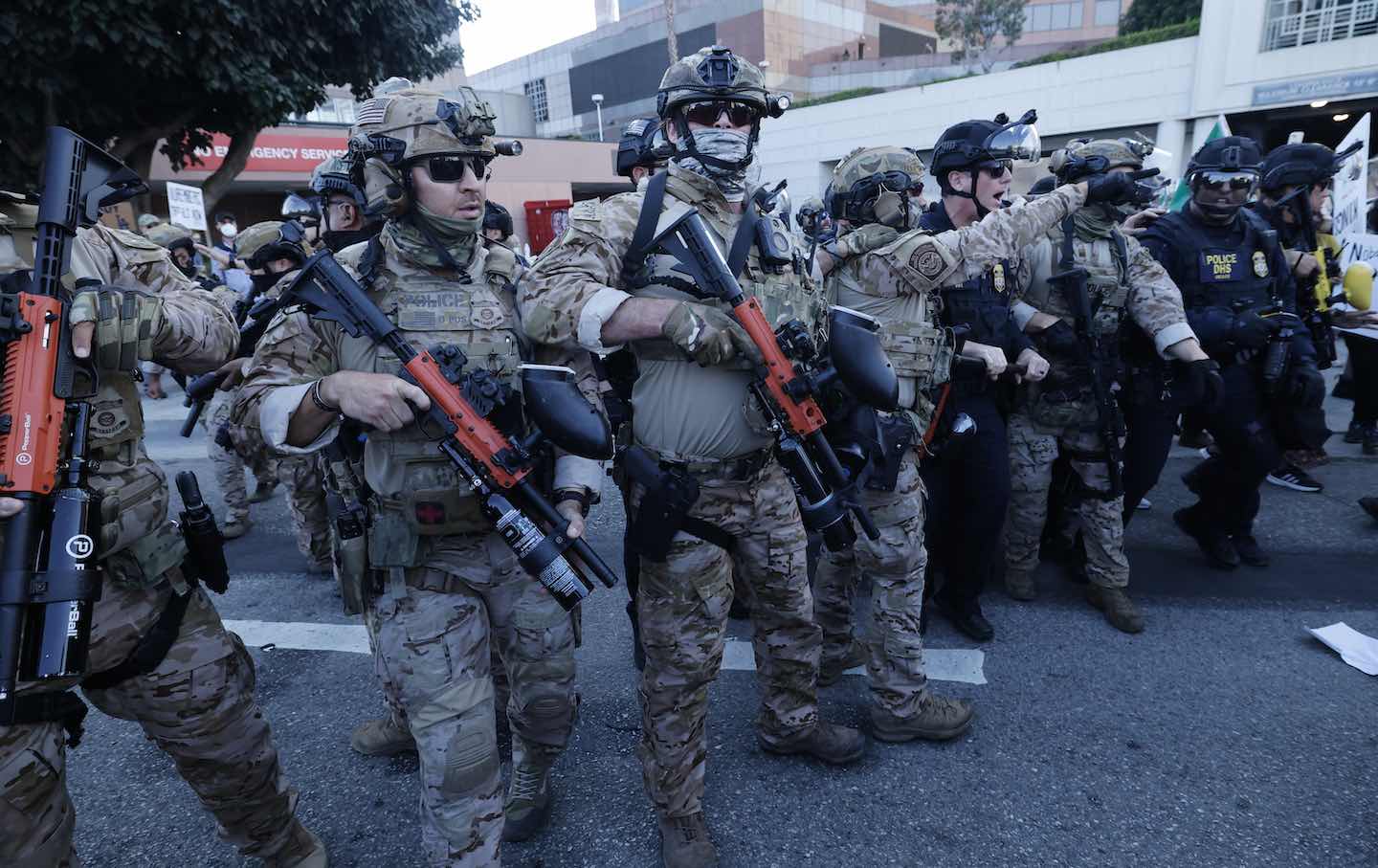
The agency’s brutal racial profiling has drawn its latest targets from the McCarthyite blacklists of organizations like Canary Mission.
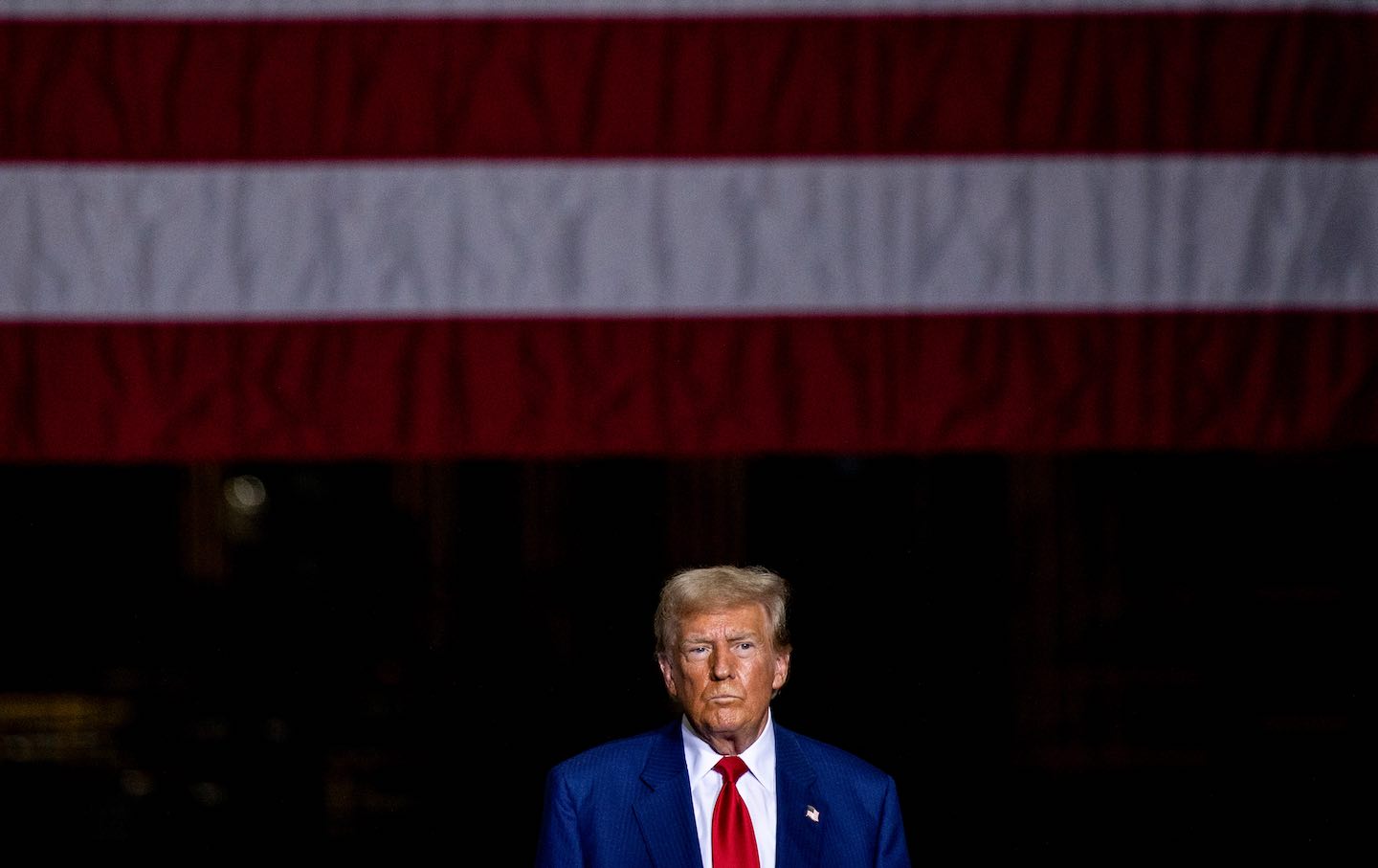
It’s hard not to see a straight line between Stalin’s version of photoshopping and the purge of the Pentagon archives in 2025.

